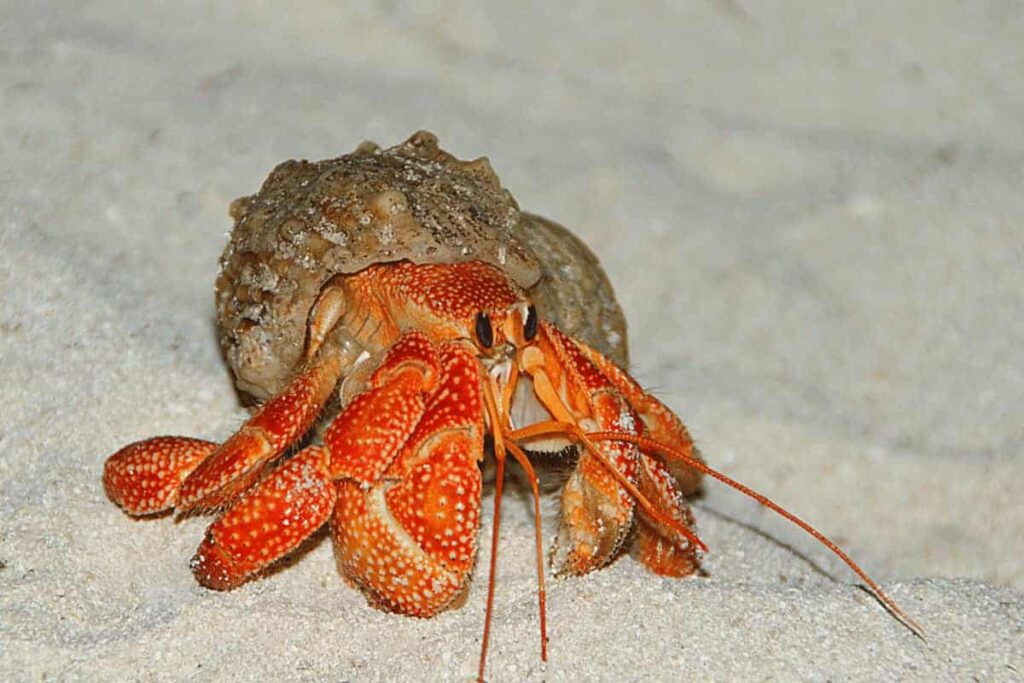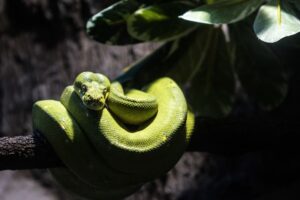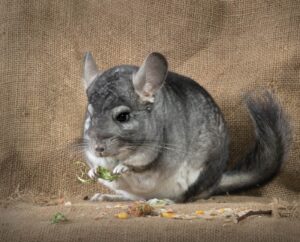Table of Contents
ToggleIntroduction
The world beneath the ocean’s surface is a realm of mysteries and marvels, and within this aquatic wonderland, hermit crabs occupy a unique and captivating niche. How Does Hermit Crabs Reproduce? These charismatic crustaceans, known for their peculiar habitat of inhabiting discarded seashells, have long been subjects of intrigue and fascination. Yet, beyond their charming exterior lies a complex and intriguing facet of their biology: the process of reproduction.
Hermit crabs are not merely passive drifters in the underwater world; they are active participants in the age-old dance of life with their unique moves and rhythms. By delving into the intricacies of their reproductive mechanisms, we not only gain a deeper understanding of these fascinating creatures but also contribute to the broader tapestry of marine biology.
Life Cycle Of Hermit Crabs
Larval Stages
Zoea Larvae: The hermit crab life cycle commences with the hatching of zoea larvae from eggs carried by the female. Zoea larvae are minuscule and almost transparent, with elongated bodies and multiple appendages resembling miniature shrimp. During this phase, they are primarily drifters in the water column, at the mercy of ocean currents and tides. The zoea larvae feed on phytoplankton and other microscopic organisms, gradually growing and molting as they progress through several stages.
Megalopae Larvae: As zoea larvae mature, they become megalopae larvae, a more advanced and developed stage. Megalopae larvae are larger than Zoea larvae and exhibit a series of adaptations that prepare them to transition to a benthic lifestyle. Their limbs become more defined, and they develop specialized structures, such as gills, that enable them to breathe underwater. Megalopae larvae continue to feed on plankton but possess similar tools to swim actively, allowing them to seek out suitable habitats for their next stage of development.
Adult Stages
Growth and Development: Once megalopae larvae find a suitable seashell to inhabit, they undergo a series of molts and growth phases. During these stages, the young hermit crab’s soft body begins to harden, and they start developing their characteristic curved abdomen, which allows them to occupy and carry seashells securely. The growth of their exoskeleton is an ongoing process, requiring regular molting throughout their life to accommodate their increasing size. As they grow, they continuously seek larger shells to adjust their changing proportions.
Sexual Maturity: Sexual maturity in hermit crabs occurs after several years of development, and it varies between species. Once a hermit crab becomes sexually mature, it is capable of reproducing. Maturity is often associated with the acquisition of a particular shell size and the development of specialized reproductive structures. At this point, hermit crabs engage in courtship and mating activities, marking the beginning of a new generation in their intriguing life cycle.
Reproductive Anatomy
Male Hermit Crab Anatomy
Gonopores: Male hermit crabs possess gonopores, openings near their hindmost walking legs. These gonophores are the entry and exit points for sperm transfer during mating. The male hermit crab transfers its sperm to the female through these specialized openings, ensuring the fertilization of her eggs. The location and structure of the gonophores can vary among different species, reflecting adaptations to their specific reproductive strategies.
Modified Appendages: Male hermit crabs have a pair of modified appendages known as gonopods, which rely on for copulation. These gonopods are typically located close to the gonophores and are specially adapted to transfer sperm packets to the female. The morphology of gonopods varies among different species, often reflecting the unique mating rituals and behaviors of each hermit crab species. The precise movements and structures of gonopods are key to successful copulation and fertilization.
Female Hermit Crab Anatomy
Gonopores: Female hermit crabs also possess gonopores, which in most cases can be seen in a similar region as the male’s. These openings allow the female to receive and store the sperm transferred by the male during copulation. The presence of gonophores in both sexes is a fundamental aspect of internal fertilization in hermit crabs.
Brood Pouch: One of the distinguishing features of female hermit crabs is the presence of a brood pouch. This pouch, or marsupium, is a chamber near the female’s abdomen. After mating, the female hermit crab stores the fertilized eggs within the brood pouch, where they develop and receive protection. The brood pouch shields the eggs from predation and provides them with a stable environment for growth.
Ovigerous Females: Ovigerous females carry fertilized eggs in their brood pouch. The eggs are attached to specialized structures inside the pouch, and the female diligently cares for them until they hatch into larvae. During this time, the female hermit crab ensures that the eggs receive oxygen and nutrients for proper development. The presence of ovigerous females is a vital aspect of the reproductive strategy of hermit crabs, as they bear the responsibility of safeguarding the next generation until it is ready to enter the ocean.
Mating Behavior
Courtship Rituals
Shell Inspection: Hermit crabs are known for carrying and frequently changing shells as they grow. During courtship, males may inspect the shells of potential mates to assess their suitability. Choosing an appropriate shell is important, as it can influence the female’s receptivity to mating.
Antennal Displays: Both male and female hermit crabs use their long, sensitive antennae to communicate during courtship. They may engage in intricate antennal displays, where they touch and stroke each other’s antennae. These displays help establish compatibility and initiate the mating process.
Mutual Grooming: Mutual grooming is a common courtship behavior in hermit crabs. This activity not only strengthens the bond between potential mates but also allows them to assess each other’s suitability as partners.
Copulation Process
Contact and Initiation: After successful courtship rituals, the male hermit crab approaches the female. They may engage in physical contact and antennal touching, signaling their readiness to mate.
Mounting: The male climbs onto the female’s shell or body, positioning himself in a way that allows for access to her gonophores. This mounting behavior often requires the male to maintain a firm grip to ensure a secure connection.
Sperm Transfer: Once the male is in position, he extends his specialized gonopods, adapted appendages designed for sperm transfer. These gonopods enter the female’s gonopores, depositing sperm packets directly into her reproductive tract.
Sperm Transfer and Storage
Sperm transfer is a crucial aspect of hermit crab mating behavior. After copulation, the female stores the received sperm in her gonophores, where it can remain viable for an extended period. This stored sperm allows the female to fertilize eggs when she releases them into her brood pouch, ensuring successful reproduction.
Environmental conditions and the female’s readiness often influence the timing of sperm storage and egg fertilization. Hermit crabs have evolved this flexibility to adapt to the dynamic nature of their marine habitats, where factors like temperature, food availability, and predator presence can affect the optimal timing for egg-laying and larval development.
Mating behavior in hermit crabs showcases the intricacies of their reproductive strategies and the importance of specific adaptations and rituals in ensuring the survival of their species. These behaviors not only allow for successful reproduction but also highlight the unique adaptations that make hermit crabs such fascinating and resilient marine creatures.
Conclusion
The life cycle of hermit crabs unfolds in a succession of stages, encompassing their ethereal larval forms to their shell-carrying adult selves. The zoea larvae and megalopae larvae represent the fragile beginnings of this journey, where the open ocean becomes both playground and peril. Their growth and development, coupled with their eventual attainment of sexual maturity, mirror the incredible adaptability of these creatures to their ever-changing marine environments.
The reproductive anatomy of hermit crabs is a testament to their evolutionary prowess, with male and female structures precisely adapted to the challenges of their reproductive process. The gonophores and specialized appendages in males and the presence of a brood pouch in females showcase the complexity and sophistication of their reproductive biology.







